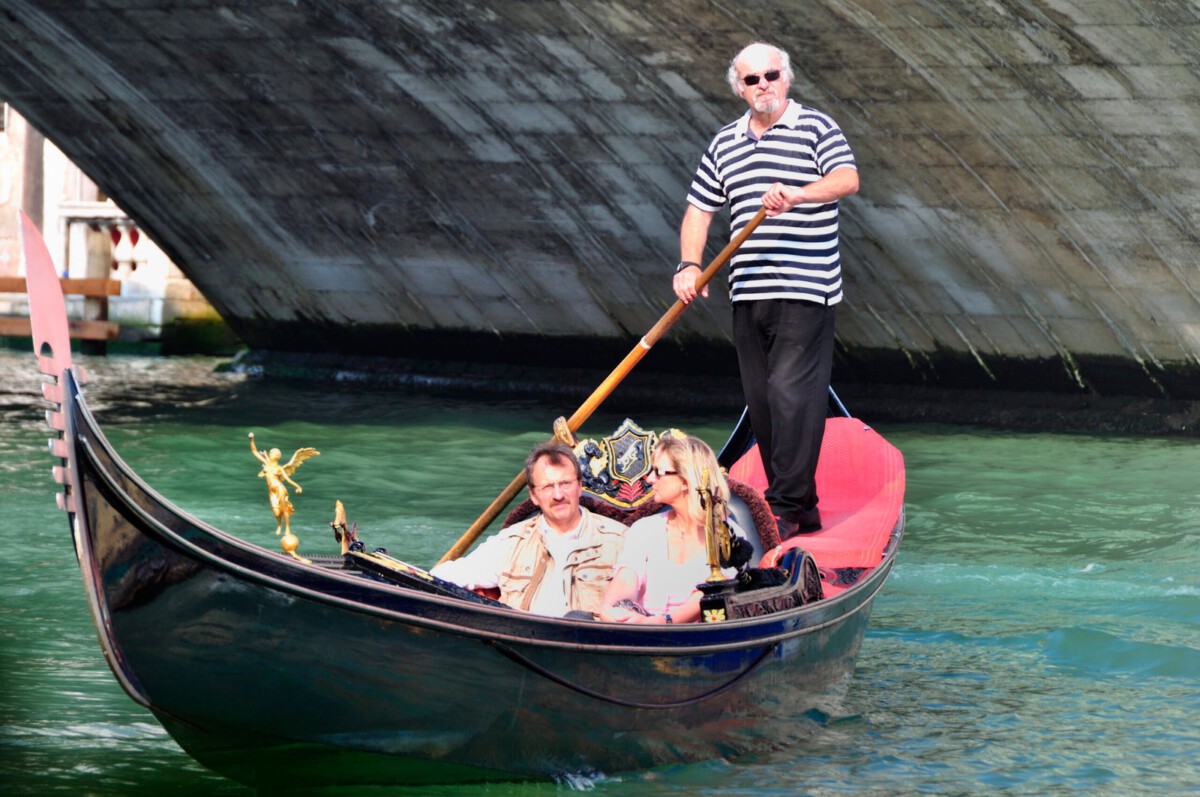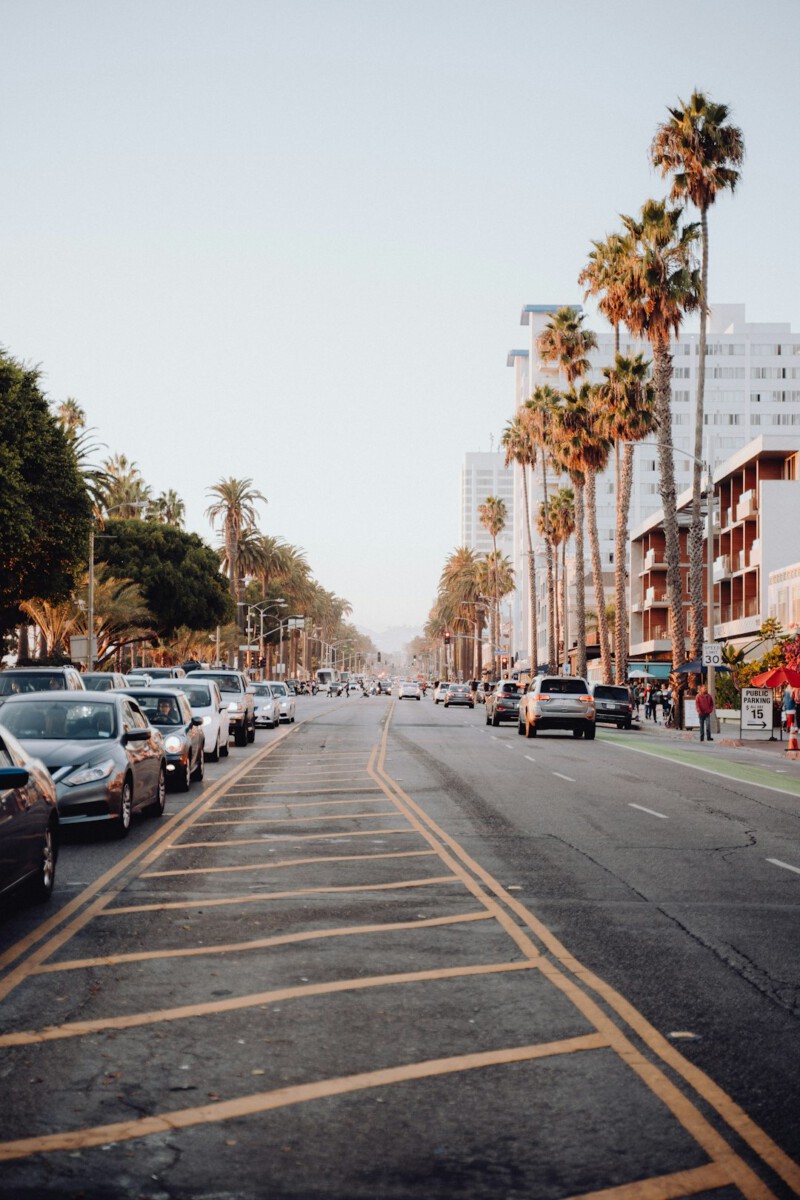Venice, Italy: Capping Visitor Numbers

The ancient canals of Venice have always drawn in throngs of tourists, but the city finally reached its breaking point. In 2025, Venice put its foot down with a strict reservation system, allowing only 25,000 visitors per day. This was a bold move for a city that once saw over 80,000 tourists daily during peak seasons. Thanks to this cap, Venice saw a dramatic 30% drop in daily tourism, which has given the city a much-needed breather and protected its fragile infrastructure. The narrow streets, bridges, and iconic squares are now less crowded, making for a more genuine Venetian experience for those lucky enough to visit. Local businesses have actually reported improved sales, since they can now provide better service to a more manageable number of guests. The city is also pushing travelers to explore beyond the main sites, shining a light on hidden neighborhoods and lesser-known islands. This careful balancing act is helping Venice remain enchanting for generations to come.
Barcelona, Spain: Tourist Tax and Regulation

Barcelona’s famous boulevards and beaches once overflowed with tourists, but residents grew frustrated as rents soared and local life suffered. To address this, the city hiked its tourist tax in 2025, funneling the extra revenue into infrastructure repairs and community projects. Officials also tightened regulations on short-term rentals like Airbnb, which had been blamed for pushing locals out of their homes. Barcelona’s city government has actively encouraged visitors to support local businesses and experience Catalan culture in more meaningful ways. These efforts resulted in a 20% reduction in tourist numbers, making life easier for residents and restoring a sense of balance. The city has also expanded eco-friendly transportation options, like electric buses and an improved bike-sharing program, to cut down on pollution and congestion. Even the most popular attractions, such as La Sagrada Familia, have new visitor flow controls to prevent overcrowding. The city’s approach is now seen as a model for other European destinations battling similar issues.
Bhutan: The High Value, Low Impact Approach

Bhutan is famous for doing things differently, and its approach to tourism is no exception. The country has long required visitors to pay a minimum daily fee, which in 2025 stood at around $200 to $250—money that goes directly toward environmental conservation and cultural preservation. This “high value, low impact” strategy has kept mass tourism at bay, allowing Bhutan to protect its pristine landscapes and centuries-old traditions. Despite hosting fewer visitors, Bhutan saw a 15% rise in tourism revenue last year, proving that quality can trump quantity. The government encourages responsible travel, urging tourists to engage with local communities and respect cultural norms. With improved infrastructure and services funded by tourism income, both locals and visitors benefit. Bhutan’s example shows that it’s possible to welcome visitors without sacrificing the soul of a nation. The country’s unique approach is often cited by global tourism experts as a best practice.
Iceland: Managing Visitor Flow

Iceland’s dramatic landscapes have exploded in popularity, leading to worries that its delicate environment could be overwhelmed. In 2025, the government introduced a timed entry system for must-see sites like the Blue Lagoon and Golden Circle. Limiting the number of people at once has cut congestion by 25% at these attractions, giving tourists a more intimate experience and allowing nature to recover. Iceland is also encouraging people to venture off the beaten path, highlighting lesser-known wonders in its marketing campaigns. Investments in sustainable infrastructure, such as eco-friendly rest stops and improved waste management, are helping reduce the environmental impact of tourism. Local guides are now trained to educate visitors about environmental stewardship, creating a culture of respect for the land. The country’s proactive stance is helping to protect its geysers, waterfalls, and volcanoes for future generations. Iceland’s carefully managed visitor flow is showing results that other countries are beginning to notice.
Dubrovnik, Croatia: Limiting Cruise Ships

Dubrovnik’s stunning Old Town, immortalized by TV shows and movies, became a victim of its own fame as cruise ships disgorged thousands of day-trippers. In 2025, the city imposed strict limits, capping cruise ship arrivals and allowing no more than 8,000 cruise passengers a day. This move has eased pressure on the city’s historic core and helped preserve its UNESCO World Heritage status. Dubrovnik is also promoting adventure and cultural tourism, inviting travelers to explore beyond the city walls and discover the region’s rich heritage. Local authorities have focused on enhancing visitor experiences, offering guided tours that highlight lesser-known sites. Merchants and residents have welcomed the change, reporting a more relaxed atmosphere and higher spending per visitor. The city’s approach is now regarded as a template for managing cruise-related overtourism around the world. Dubrovnik’s success proves that even the busiest destinations can regain their balance.
Amsterdam, Netherlands: Tourist Dispersal Strategies

Amsterdam’s picturesque canals and vibrant nightlife once attracted crowds so large that locals struggled to navigate their own city. In 2025, the city launched a series of “tourist dispersal” strategies, encouraging visitors to explore neighborhoods outside the city center. Marketing campaigns now highlight hidden gems and authentic Dutch experiences away from the main tourist traps. The government also put a freeze on new hotel developments and restricted short-term rentals in crowded districts. These actions led to a 20% drop in tourist numbers in the most popular areas, restoring peace for residents. Amsterdam is also investing in sustainable transportation, like trams and expanded bike lanes, to make it easier for tourists to get around without clogging up the roads. Local businesses in outlying areas have benefited from the influx of curious travelers seeking something different. Amsterdam’s creative policies have inspired other cities to rethink how they manage tourism.
New Zealand: Sustainable Tourism Initiatives

New Zealand’s breathtaking landscapes are legendary, but the country has become increasingly concerned about the environmental cost of tourism. In 2025, the government rolled out a comprehensive sustainability plan, limiting visitor numbers in fragile areas and investing in conservation efforts. The focus has shifted from chasing record visitor counts to fostering meaningful experiences that protect natural and cultural treasures. New Zealand is actively promoting eco-friendly travel options, such as electric campervans and guided conservation tours. Revenue from sustainable tourism has climbed 15% in the past year, showing that protecting nature can also make good business sense. The government works closely with Māori communities to ensure tourism benefits everyone and preserves local traditions. Travelers are encouraged to “travel with care,” making conscious choices that support the environment and local people. New Zealand’s balanced approach has earned praise as a leading example for countries facing overtourism.







